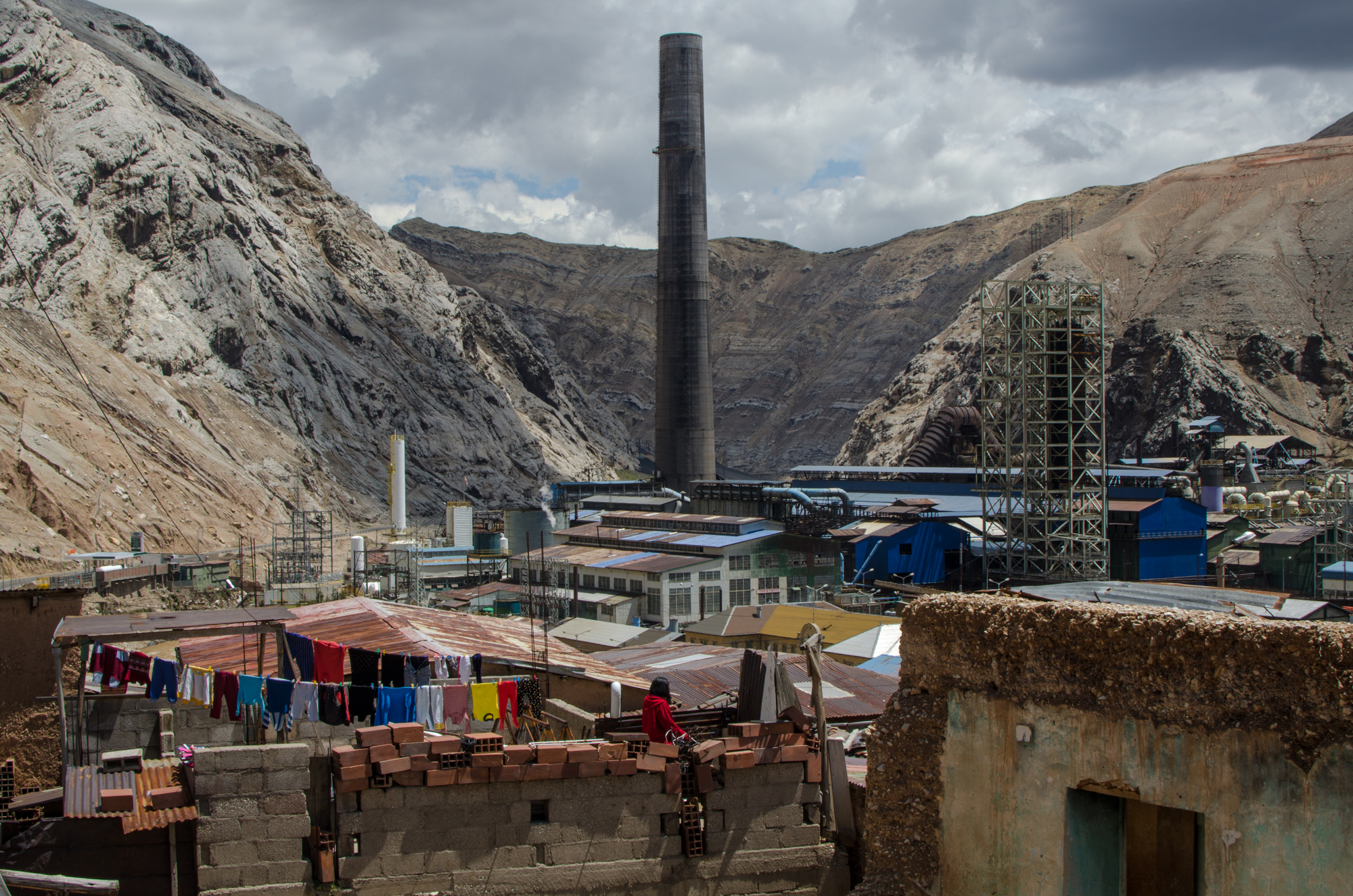
Courts hold Peru accountable for environmental and human rights harms in two historic rulings
Two former SRT grantees have been involved in groundbreaking victories in two separate cases. In the first, a landmark ruling by the Inter-American Court of Human Rights has held Peru responsible for violating the rights of residents of La Oroya, who have endured generations of exposure to unsafe levels of toxic contamination. The first-of-its-kind decision issued in March 2024, marks a significant victory for environmental justice and underscores the crucial role of state oversight in regulating corporate activities.
The legal challenge began in 2006, when AIDA (an SRT grantee from 2012-2022.), alongside an international coalition of organisations, filed a petition against the Peruvian Government at the Inter-American Commission on Human Rights. Following this, for nearly 20 years the residents of La Oroya, supported by AIDA and APRODEH, a Peruvian human-rights organisation, have sought justice and redress for contamination linked to a smelter complex. . They averred that the smelter complex had operated without adequate pollution controls for over a century contributing to the city being documented as one of the most polluted places on the planet. The Inter-American Commission on Human Rights recognised Peru’s responsibility in October 2021, leading to its referral to the Inter-American Court.
The evidence stated that since 1999, the Government of Peru has known that almost all the children living near the complex suffer from lead poisoning yet failed to offer proper medical care and remediation. Many residents also have other heavy metals and containments in their blood at concentrations far higher than the World Health Organization guidelines, including arsenic, cadmium, and sulfur dioxide. Many suffer from conditions including chronic respiratory illness, chronic headaches, as well as heart, stomach, and skin problems.
In its judgment, the Inter-American Court of Human Rights found Peru liable for violating various rights, including the right to a healthy environment, health, personal integrity, and access to information. The court also emphasised the differential impact of pollution on vulnerable groups, such as children, women, and the elderly.
Liliana Avila, director of AIDA’s Human Rights and Environment Program, hailed the ruling as; “a very important step forward and a key precedent for environmental justice in Latin America, as it is the first case in which the Court recognises a state’s responsibility for violating the right to a healthy environment and the impact this has on the guarantee of several other rights.”
The ruling mandates Peru to undertake comprehensive reparation measures, including identifying and prosecuting those responsible for the harm caused to the residents of La Oroya, conducting environmental remediation, providing free medical care to victims, and ensuring compliance with international environmental standards.
The court also decided the 80 residents listed in the case should receive at least US $30,000 each in damages, with the most vulnerable receiving US $50,000. A further US $65,000 each should be paid to the legal beneficiaries of two victims who died from diseases caused by the pollution.
Peru must report to the court on its compliance with the judgment within a year. If it fails to comply, the court can notify the General Assembly of the Organization of American States (OAS),which can exert political pressure on Peru to comply with the Court’s decision.
The ruling stands as a beacon of hope for environmental justice, setting a precedent for robust state regulation and protection of human rights in the face of industrial pollution. Jacob Kopas, Senior attorney at Earthjustice, who long supported the case, concluded that; “This ruling issues a warning to governments across the Americas that they cannot sit idly by while multinational corporations poison local communities. Corporations will now be on notice that exposing families to unhealthy levels of industrial pollution is a violation of international law and governments must hold polluters accountable.”
In a separate case, the Environmental Defender Law Center (EDLC – SRT supported from 2005-2023), also secured a historic legal ruling against Peru. The ruling follows three years of litigation, led by EDLC and its partners, along with residents of Huancavelica. The case relates to mercury, arsenic, and lead contamination linked to silver refining operations that began during the 1500s. Several thousand tonnes of mercury-laden waste have poisoned land and waterways for centuries until the mine’s closure in the 1970s. Today, mercury vapour emanates from the soil, unpaved roads and even walls of houses which have been built from mercury-contaminated adobe (mudbricks).
In December 2023, the Peruvian Superior Court ruled in favour of the plaintiffs, ordering a wide range of remedial measures to address the environmental and public health crisis in Huancavelica and neighbouring Sacsamarca. Finding that historic mining contamination is generating significant environmental damage, seriously impacting the health and well-being of local residents, the Court required that numerous government agencies take immediate and long-term actions to address the problem. The national government and environmental agency should declare the contamination an environmental emergency; and declare the area a contaminated site. They should develop a plan for remediation, linked to the country’s mercury decontamination plan required under the Minamata Convention. Finally, the Government of Peru is held responsible for remediation, given the risk the contaminants present to public health and the impossibility of attributing liability to any other entity.
EDLC gave long-standing support to building and litigating the case. The organisation recruited an experienced Peruvian lawyer; helped develop the legal strategy and submissions; submitted two third party interventions, one outlining the government’s obligations and another with U.S. remediation experts on appropriate remedial actions. EDLC and its partners are now working to ensure the government’s compliance with the ruling.
Return to grantee stories
